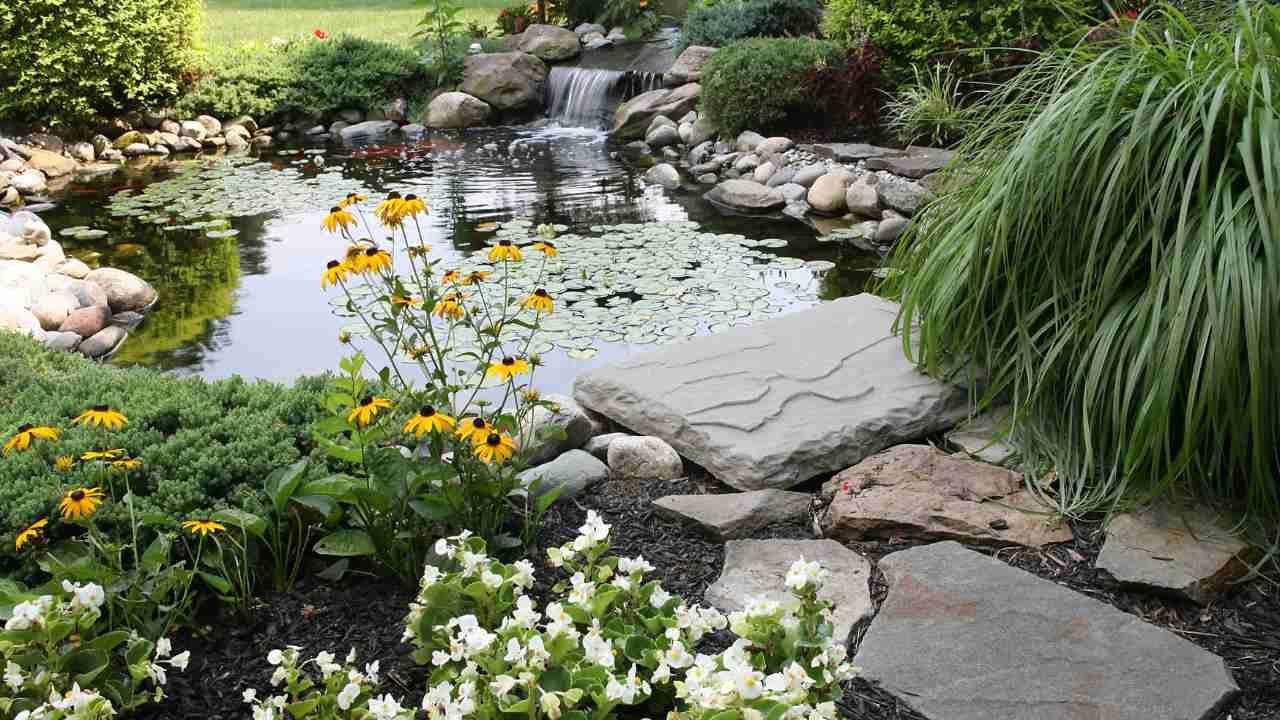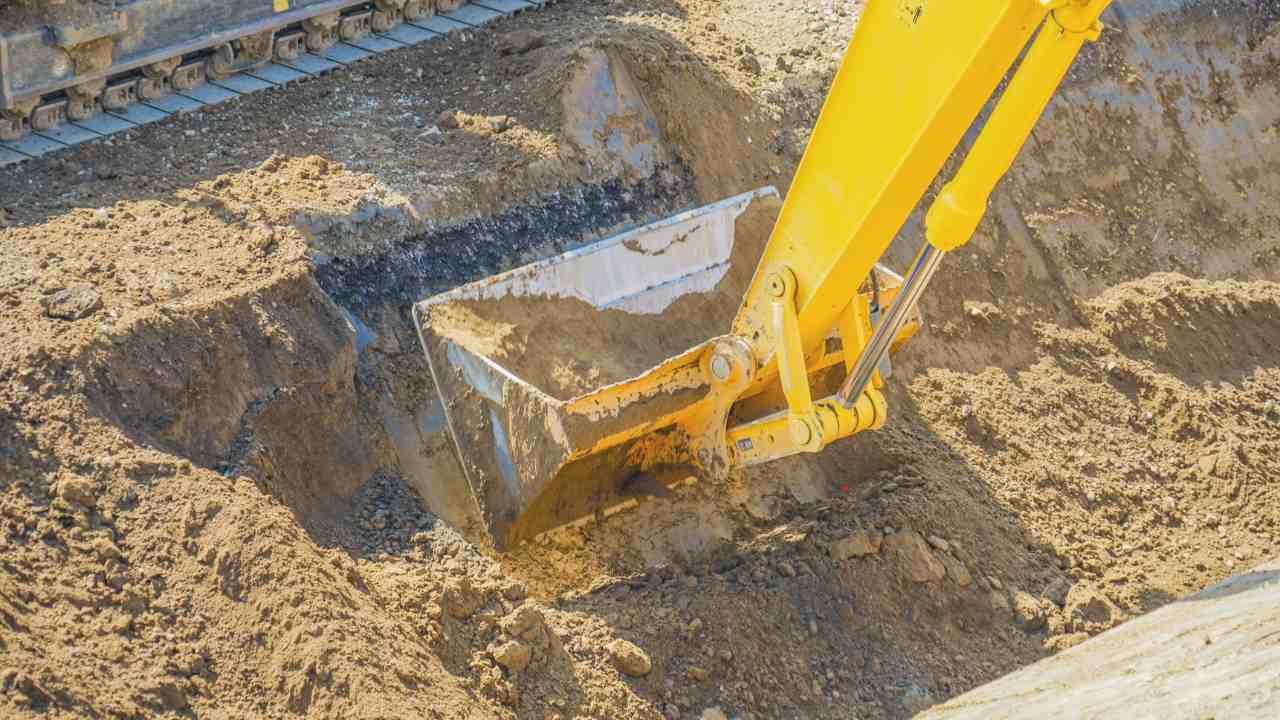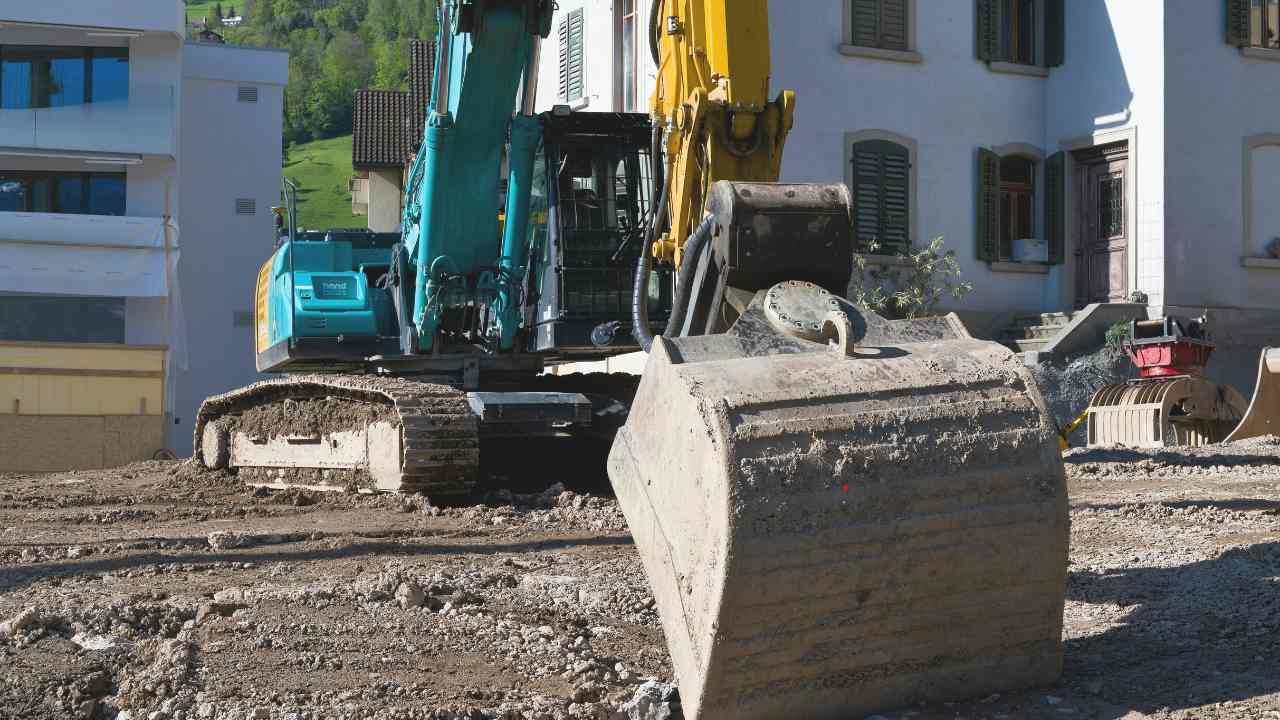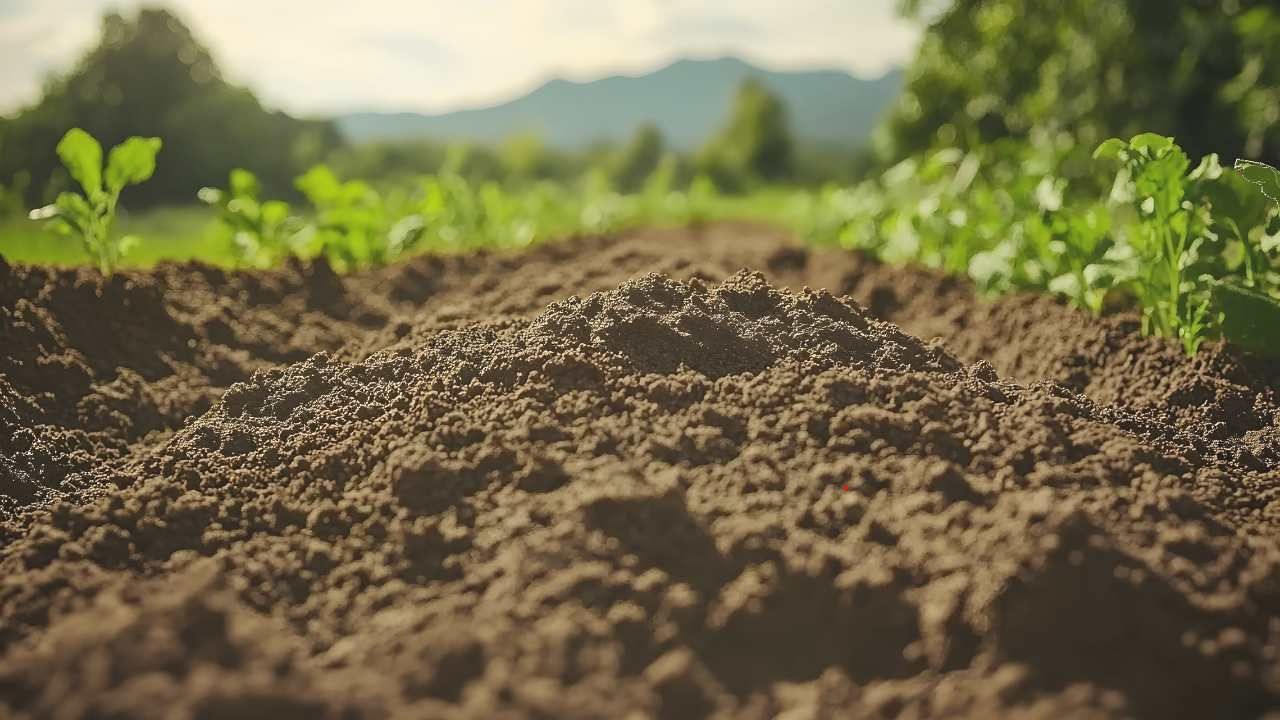How to Build a Simple Backyard Pond in a Weekend

A backyard pond can instantly transform your outdoor space into a serene retreat. The gentle trickle of water, the reflection of the sky, and the presence of aquatic plants or fish can make your yard feel like a natural oasis. The best part? You don’t need a professional crew or weeks of labor to get it done. With some careful planning and effort, you can create a simple backyard pond in just one weekend.
Step 1: Choose the Right Location
The first step in building your pond is selecting the perfect spot. Look for an area that gets a mix of sunlight and shade—around four to six hours of sunlight per day is ideal if you plan to add plants or fish. Avoid areas directly under trees, as falling leaves can create extra maintenance work.
Consider proximity to an electrical source if you plan to install a pump or fountain. Also, be mindful of underground utilities. Before digging, check with your local utility company to ensure you won’t disrupt any lines.
Step 2: Plan Your Pond’s Shape and Size
Once you’ve chosen your location, mark out the pond’s shape using a rope or garden hose. Most backyard ponds are between three to six feet in diameter and about 18 inches to two feet deep. If you want to add fish, a depth of at least 24 inches is recommended to prevent water from freezing solid in winter.
Sketch a rough outline of your pond’s dimensions to guide your excavation process.
Step 3: Start Digging
Digging is the most labor-intensive part of the process, but it’s also the most rewarding. Use a shovel or rent a small excavator for faster results. If you're working with rocky or compacted soil, professional excavation services might be necessary to speed up the process.
As you dig, create a tiered effect with different depth levels. This will allow for a more natural-looking pond and provide ledges for aquatic plants. Make sure the pond's edges are level to prevent water from overflowing unevenly.
Step 4: Line the Pond
To keep water from seeping into the ground, you’ll need a high-quality pond liner. First, lay down a layer of sand or old carpet pieces to protect the liner from punctures caused by rocks or roots. Then, carefully place the liner over the hole, pressing it into the contours of your pond.
Trim any excess liner, leaving about a foot around the edges. You can later tuck or weigh it down with rocks and decorative edging.
Step 5: Add Water and Filtration
Now it's time to fill your pond. Use a garden hose and let the water flow slowly to avoid disturbing the liner. If you plan to add fish or plants, allow the water to sit for at least 24 hours to let any chlorine dissipate.
A simple pond pump and filter will help keep the water clean and oxygenated. You can find affordable solar-powered or electric models at your local hardware store.
Step 6: Decorate and Landscape
Enhance your pond’s appearance by placing rocks or stones around the edges. You can also plant water-loving vegetation like water lilies, cattails, or irises for a more natural look. Adding floating plants like duckweed can help prevent algae growth and keep the water clear.
For a finishing touch, consider installing a small waterfall or fountain to create soothing sounds and improve water circulation.
Case Studies: Homeowners Who Built Their Own Backyard Ponds
Many homeowners have successfully transformed their outdoor spaces by building DIY backyard ponds.
One family wanted to create a natural habitat for birds and pollinators. Using a simple liner and tiered rock edges, they built a pond that not only attracted frogs, dragonflies, and butterflies but also required minimal maintenance thanks to strategically placed aquatic plants that naturally filtered the water.
Another homeowner, passionate about koi fish, constructed a two-foot-deep pond with a small waterfall. By incorporating a solar-powered pump and floating plants, they maintained clean water while minimizing electricity costs. Their backyard quickly became a peaceful escape that added value to their home.
Step 7: Maintain and Enjoy Your Pond
Routine maintenance will keep your pond looking beautiful year-round. Remove fallen leaves and debris, check your pump regularly, and keep an eye on water levels—especially during hot summer months. If you have fish, feed them sparingly and monitor the water quality to ensure a healthy habitat.
With just a weekend of excavation work, you’ll have a stunning water feature that enhances your yard’s beauty and provides a peaceful escape. If you need professional help with designing a more elaborate water feature, a landscaping contractor like Groundscapes Inc. can bring your vision to life.
By following these simple steps, you can enjoy the beauty of a backyard pond without a complicated installation process. So grab your shovel, gather your supplies, and turn your outdoor space into a tranquil retreat! Ready to design and install your dream water feature? Contact us for professional landscaping services.




